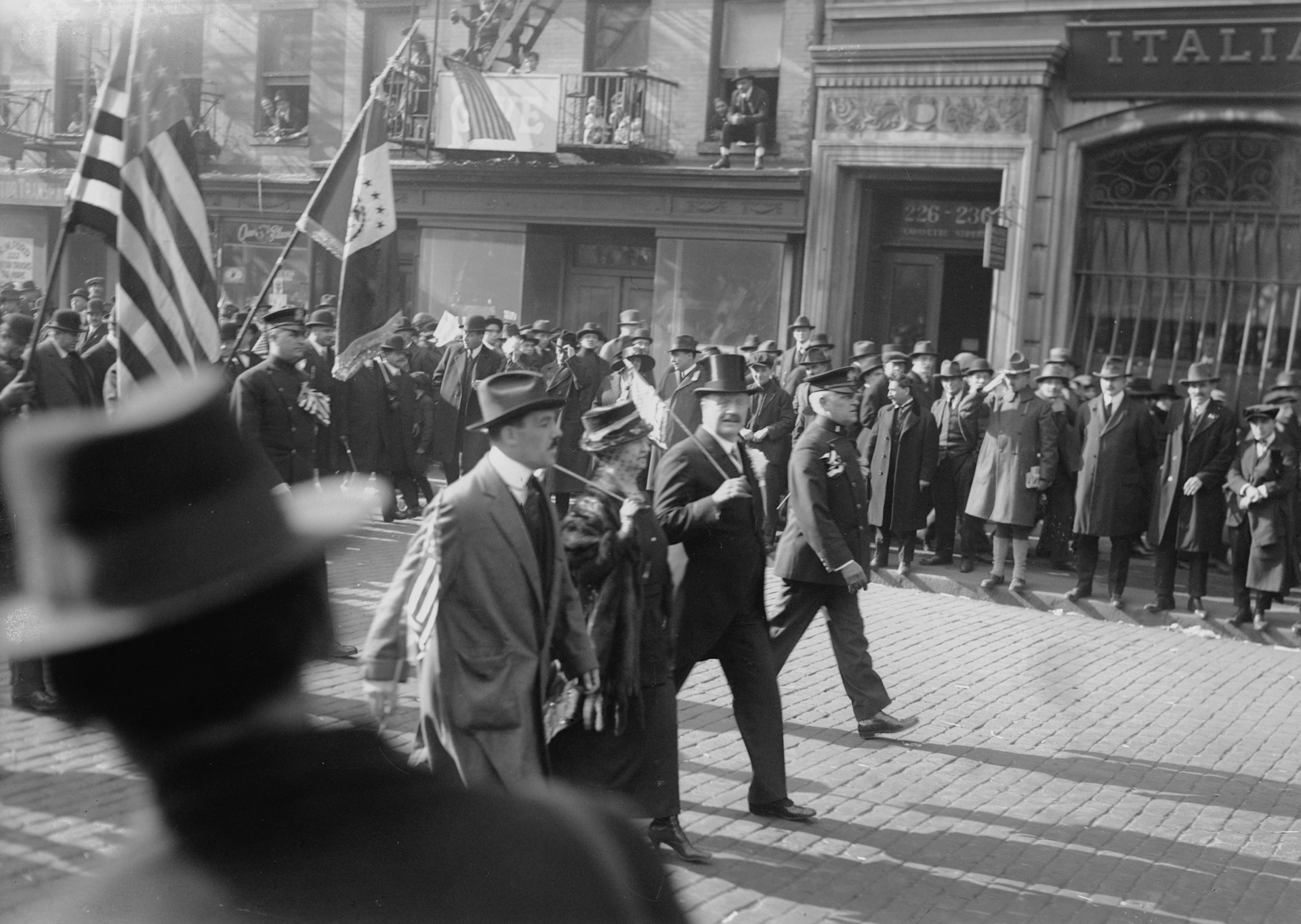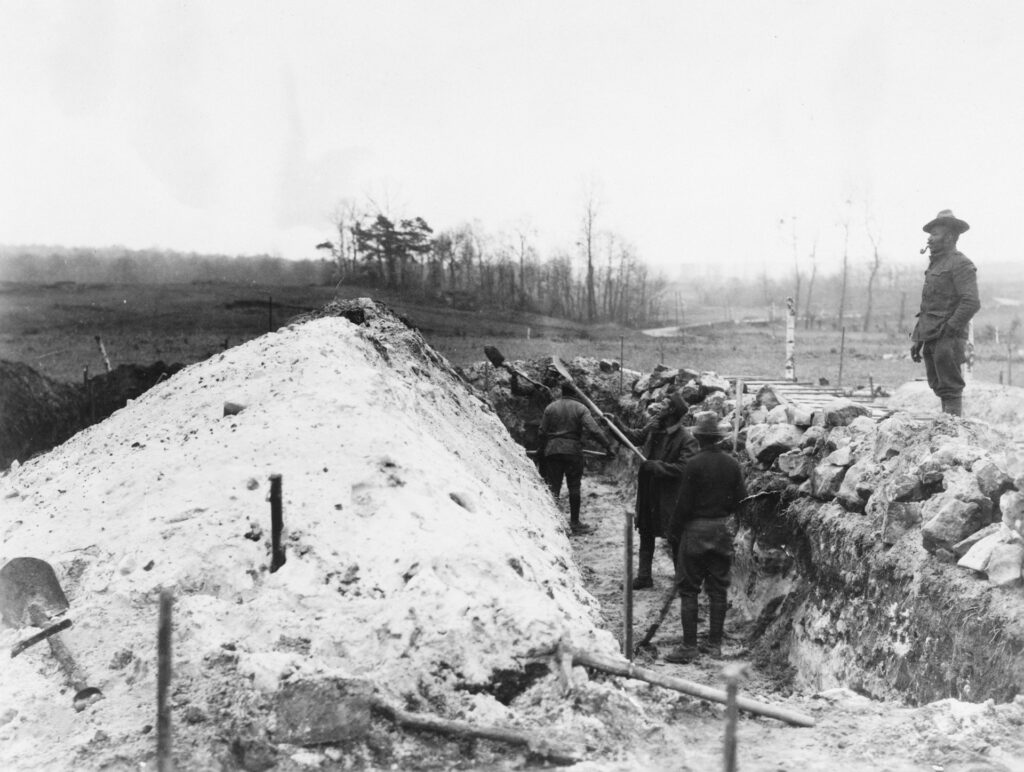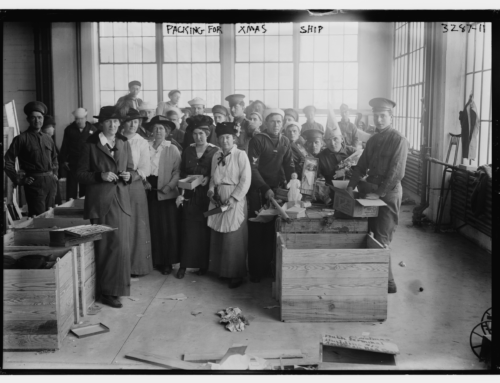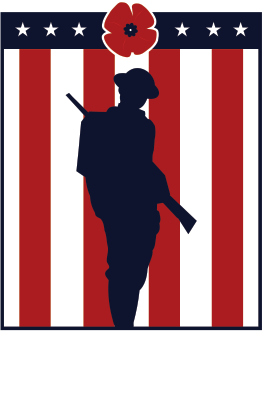How Chicago’s Meatpacking Industry Became the “Hidden Frontline” of WWI
Published: 8 October 2025
By Charlie Maxwell
Special to the Doughboy Foundation website

How Chicago’s Meatpacking Industry Became the “Hidden Frontline” of WWI (1)
When the United States entered World War I, its military strength drew much attention. But behind the scenes, a quieter war was underway in factories and stockyards far from the trenches. One of the least noticed yet most vital contributions came from Chicago’s meatpacking industry, which became a “hidden frontline” supplying food, fats, and by-products essential to the war effort. This sector deserves a place alongside munitions and shipyards in our memory of that great conflict.
From Cattle Pens to Canneries: Foundations of Power
By the late 19th century, Chicago had staked its claim as America’s meat capital. The Union Stock Yards, opened in 1865, centralized livestock handling and slaughter in one vast network. Railroads brought cattle and hogs from Western ranges into Chicago, and refrigerated railcars distributed processed meat nationwide.
In time, names like Armour, Swift, Morris, and Hammond came to dominate. Gustavus Swift pioneered the refrigerated railroad car to carry “dressed” meat long distances. As the industry expanded, it drew waves of immigrants and migrants to Chicago’s South Side and the Back of the Yards.
By 1910, the machinery, the cold-storage networks, and industrial-scale operations gave Chicago a capacity few rivals could match. If you were relocating to the Windy City, you would have walked past mile after mile of slaughterhouses, cold storage, packinghouses, and rail spurs. Chicago was the beating heart of the American meat supply.
War Demands Food, Fats, and By-Products
Once war broke out in Europe in 1914, Allied demand for food soared. The U.S. tried at first to remain neutral, but food supplies were key leverage. Chicago’s meatpackers already exported product to Europe before the war, but wartime logistics and blockades shifted demands.
When the American Expeditionary Forces shipped overseas, the military needed preserved meats that could endure months of transit. Chicago Packers supplied canned beef, salted meats, and cured pork products. They also provided tallow, glycerin, and animal fats used in making soap, explosives, and lubricants. These by-products turned what seemed like a simple food industry into a dual military supplier.
In 1917, the Food Administration assumed control over meat distribution, quotas, and exports. Chicago firms became critical nodes in that system. The federal government monitored meat supplies city by city, track by track, often “knowing almost to a pound” what stores remained in each stockyard.
Labor pressures mounted, too. Unions pushed for wage increases and eight-hour days. The Amalgamated Meat Cutters made gains during wartime arbitration, gaining higher pay and shorter hours, under government oversight.
Thus, Chicago’s meatpacking industry became more than a food factory. It was part of national defense, a supplier of multiple materials to war planners. It became, in effect, a hidden frontline.
Strain, Innovation, and Conflict
The wartime boom stretched capacity. Plants ran longer shifts. Workers endured faster rhythms, less rest, and greater exposure to injury. Some slaughterhouses introduced more mechanization – faster conveyors, more automated knives – to boost throughput.
But supply chains are strained, too. Livestock sources farther west had to ship into Chicago; rail congestion slowed delivery. Cold storage capacity became a bottleneck. Some firms invested in new ice and refrigeration plants to raise throughput.
Meanwhile, tensions with labor arose. As cost pressures grew, packers sometimes cut hours or demanded extra quotas. Strikes loomed. Yet the federal government often intervened to prevent full stoppages, treating the meat supply as a national priority.
Even corporate reorganization played a role. In 1916, Sulzberger & Sons in Chicago rebranded as Wilson & Co. under new leadership. By 1917, Wilson ranked among the fifty largest industrial corporations in the U.S. That switch reveals how meat firms adapted to wartime markets, merged operations, and restructured to grasp opportunities in war contracts.
The Hidden Frontline: Strategic Impact
Why call this a “hidden frontline”? Most narratives of WWI focus on steel, weapons, trenches, and navies. Yet food and materials are war’s foundation. An army marches on its stomach – and gunners need glycerin, lubricants, felt, and chemicals.
Chicago’s meat industry delivered that foundation. It fed soldiers heading out, ensured civilian morale at home, and supplied raw materials for production. When export channels or rail lines faltered, those behind the scenes felt the tension – packinghouses, cold storage depots, distribution networks.
This sector also shaped diplomacy. Meat exports became bargaining chips. The U.S. Food Administration monitored shipments so as not to provoke famine or inflation in Europe. Chicago firms had to navigate export permits, shipping priority, and government oversight.
Meanwhile, public health came under scrutiny. Reports of spoilage, adulteration, or sanitation risked undermining trust. Upton Sinclair’s The Jungle (though earlier) had already sparked reforms like the Meat Inspection Act. During wartime, inspectors, USDA oversight, and factory audits grew more intense.
Thus, Chicago’s meat-packing industry held a strategic place: as a logistic center, materials source, and government partner. It did its work quietly, but whether meat, fats, or by-products, it rallied behind the war.
Aftermath and Legacy
When the armistice arrived in 1918, demand for war supplies fell. Many meatpacking firms rebalanced toward civilian markets. But the war left permanent change. The shift toward government regulation, inspection systems, and centralized distribution survived.
Labor gains made under wartime arbitration persisted in some cases. The Amalgamated Union had strengthened its role, though later strikes in 1921–22 would be more contentious.
Meanwhile, the industry’s growth pattern shifted with new transportation modes. Over the next decades, meatpacking plants spread outward from Chicago, responding to highway trucking and decentralized sourcing. The old concentration in the Union Stock Yards declined.
Yet the example of Chicago in WWI remains a case study. It shows how an industrial city leftover from 19th-century expansion could mobilize for modern war. It shows how a “civilian” industry can pivot to national defense.
Conclusion: Remembering the Meat Lines
World War I required more than battleships and shells. It needed engines of mass production, supply, and logistics. Chicago’s meatpacking industry answered that call. It fed armies, delivered chemicals, and bolstered national supply chains.
In the quiet rhythm of slaughterhouses and cold storage, a hidden story took place. As historians, we should accord it a place alongside steel mills and shipyards. Chicago’s meatpacking industry deserves to be remembered not just as a commercial force, but as a wartime backbone whose labor, engineering, and networks helped shape America’s war effort.
Charlie Maxwell is a Chicago-based historian with a passion for uncovering the city’s storied past. A proud local, he brings Chicago’s history to life through his research and writing.
External Web Site Notice: This page contains information directly presented from an external source. The terms and conditions of this page may not be the same as those of this website. Click here to read the full disclaimer notice for external web sites. Thank you.




